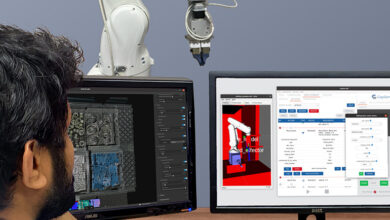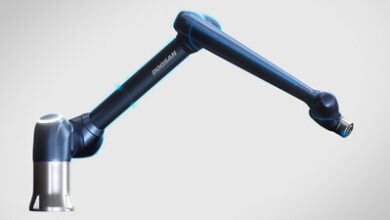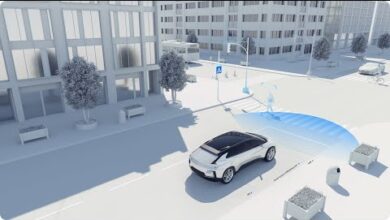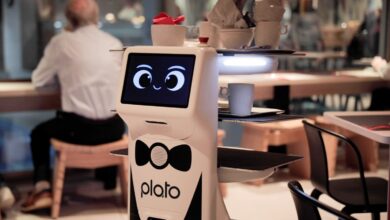With Investment from Accenture Ventures, Sanctuary AI Continues Development of Impressive, AI-Powered Human Robotics
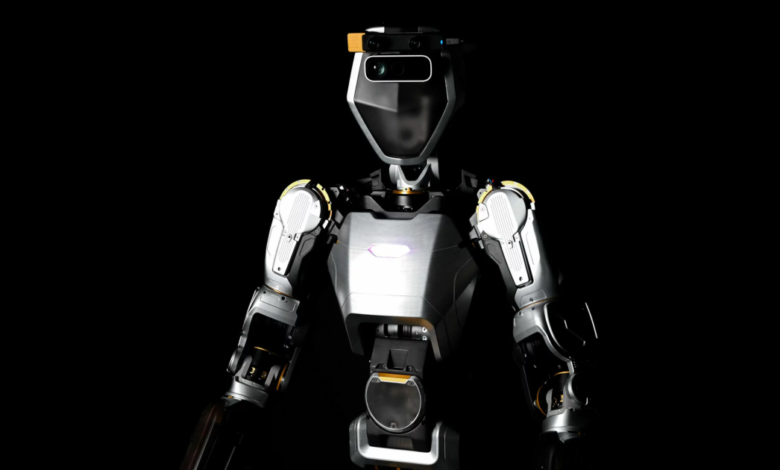
“We build machines that think like real people.”
A bold M.O. from Sanctuary AI, if you ask us. Let’s learn more:
Sanctuary AI was established in 2018 by a team of technology experts with two goals. The first goal involved creating a true-to-form safe space for others looking to innovate in the field of AI and robotics.
The second goal?
Build a human-like brain and corresponding system that’s capable of executing human-like tasks safely and efficiently.
Even Sanctuary AI admits how loftily ambitious this may sound, but they also fundamentally believe it’s not a matter of if this is possible – it’s a matter of when.
For Sanctuary AI, this involves putting its AI control system “Carbon” in one hand, and its sixth-generation robot “Phoenix” in the other. And before writing this article, I watched a short video showcasing precisely what happens when you put these two hands together, so to speak.
Powered by Carbon, the autonomous Phoenix robot – with a metal human-like frame with full-body mobility, human-like hands with fine dexterity, and a height and weight of 5’7” (170 cm) and 155 lbs (70 kg), Phoenix commenced with general-purpose tasks like accelerated imitation of “productive human behavior” as well as component sortation, wherein Phoenix sorted like items like an old-school claw machine, carefully picking up cups and containers and sorting them appropriately.
Except this clearly isn’t old-school technology; this seems to be as next-gen as it gets.
Sanctuary AI’s Carbon control system mimics subsystems found in the human brain (e.g. memory, sight, sound and touch) and can reportedly be trained and piloted in both physical environments and through VR via the Sanctuary World Engine. “The idea,” as Sanctuary AI describes, “is to augment the human workforce and make it safer. With human-like intelligence, Phoenix will work side by side with people one day.” (Notably, Phoenix robots are and will continue to be directly piloted by people, operated by people with pilot-assist functionalities, and supervised by people while using Carbon to observe, assess, and act on assigned tasks.)
It’s a lot to take in. Will robotics like Phoenix create new jobs while helping humans work sustainably and with greater efficiency?
Accenture Ventures is confident that this can indeed, come to fruition.
Earlier this year, Accenture made a strategic investment in Sanctuary AI. This followed Accenture’s Technology Vision 2024 report that found “95% of executives surveyed agreed that making technology ‘more human’ will massively expand opportunities in every industry.” The report calls for taking a balanced, “human by design” approach that ensures companies use technologies fairly and responsibly.
And since Sanctuary AI working to make this a reality with Phoenix (and Carbon, which has also been called its “Explainable AI” for transparency’s sake; reasoning, task and motion plans that can be defined and audited), Accenture Ventures’ interest in Sanctuary AI makes perfect sense.
“AI-powered humanoid robots are essential to reinventing work and supporting human workers as labor shortage is becoming an issue in many countries and industries,” said Joe Lui, Accenture’s Global Advanced Automation and Robotics lead. “Sanctuary AI’s advanced AI platform trains robots to react to their environment and perform new tasks with precision in a very short time. We see huge potential for their robots in post and parcel, manufacturing, retail and logistics warehousing operations, where they could complement and collaborate with human workers and automate tasks that traditional robotics can’t.”
As with all things, time will tell.
Edited by Greg Tavarez
